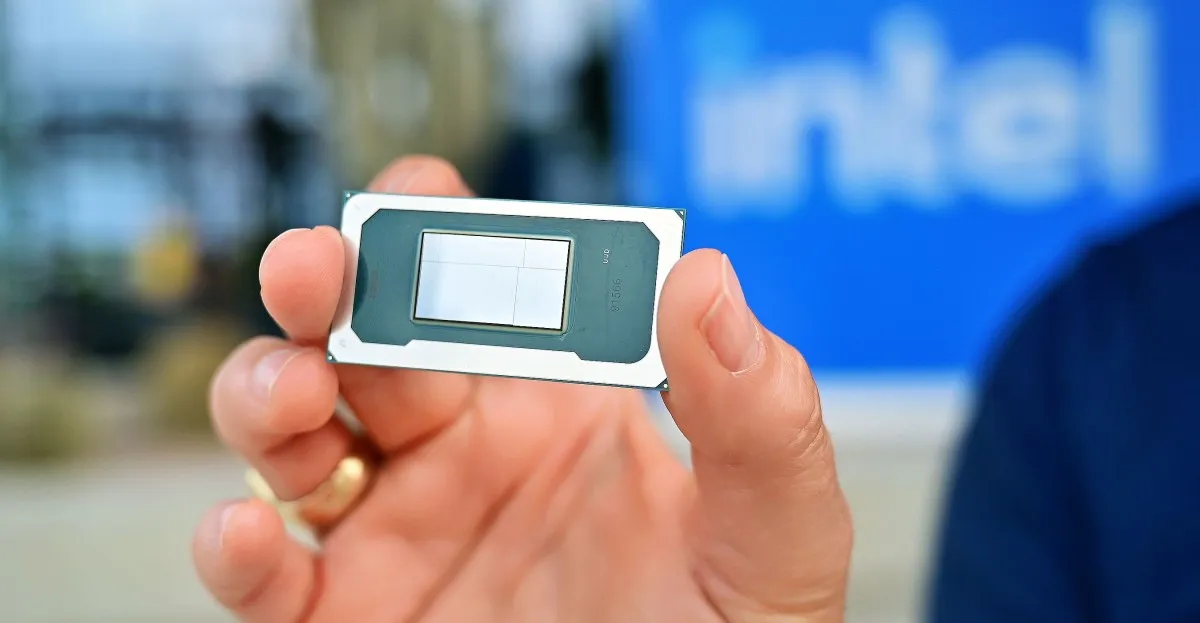
Panther Lake is hailed as one of the most significant chips that Intel has engineered in recent years. This innovative chip will determine whether a streamlined Intel can effectively compete against major players like Apple, AMD, and Qualcomm. Panther Lake marks Intel’s inaugural product on their advanced 18A process, which CEO Pat Gelsinger previously claimed would reposition the company as a leader in chip manufacturing before his unexpected departure in December 2022. With so much at stake, the anticipation for Panther Lake’s arrival in late 2025 and early 2026 is mounting.
So, what will Panther Lake, also known as the Intel Core Ultra Series 3, deliver for laptops and handheld devices? The chip promises enhanced battery life, improved performance, superior gaming graphics, and affordability. Notably, Panther Lake is designed to cater to a wider range of devices, moving beyond just thin-and-light laptops. Intel has developed three distinct versions of this chip, allowing it to supplant both the lightweight Lunar Lake and the more robust Arrow Lake-H chips currently used in powerful laptops.
Intel plans to offer both 8-core and 16-core CPUs, each featuring four new Xe3 graphics cores. Additionally, there will be a 16-core CPU variant equipped with 12 Xe3 graphics cores and 12 ray-tracing units. This configuration represents the most integrated graphics capability that Intel has ever produced, hinting at what might come if the company continues to expand its desktop gaming GPU offerings.
“With the last generation, we presented a dilemma,” explains Stephen Robinson, Intel's chief CPU architect. “You could opt for Lunar Lake for fantastic battery life, or choose Arrow Lake for increased throughput.” In response to this challenge, Intel aims to resolve the performance dilemma with Panther Lake. Although this new chip forgoes the onboard memory that made Lunar Lake efficient, it incorporates low-power E-cores that previously hindered battery performance in Meteor Lake. Intel asserts that Panther Lake will actually consume up to 10% less power than Lunar Lake, translating to better battery life in real-world applications, including Microsoft Teams.
Diving deeper into performance metrics, the Panther Lake chips are impressive on paper. The new Cougar Cove performance cores (P-cores) and Darkmont efficiency cores (E-cores), built on the 18A process, allow Intel to boast 40% lower power consumption while maintaining “similar” single-threaded performance. Alternatively, users can expect a 50% increase in multi-threaded performance at comparable power levels, seemingly leaving Lunar Lake behind. Furthermore, Intel's new graphics technology promises over 50% more GPU power compared to previous iterations.
However, the extent of performance will vary depending on the specific variant of Panther Lake you choose. For instance, while the highest-end model with 12 Xe3 GPU cores could deliver a 50% increase in GPU power compared to the Lunar Lake chip featuring 8 Xe2 GPU cores, it remains unclear how the lower-end variants with only 4 Xe3 GPU cores will perform in comparison or whether they will offer a battery life advantage.
Nonetheless, even the 12 Xe3 core model is expected to be compact enough for portable devices like the MSI Claw 8. Intel's Tom Petersen hinted at this during a recent architecture event, suggesting that Panther Lake will provide more consistent performance due to the implementation of Intelligent Bias Control v3. This feature directs Windows to delegate gaming tasks to E-cores instead of P-cores, allowing the system to allocate additional power to graphics, where it's needed most.
In a further effort to enhance gaming experiences, Intel, alongside partners like Microsoft and Valve, is now precompiling game shaders and storing them in the cloud. This allows automatic downloads to devices, reducing stutter during gameplay. This feature is part of the Intel Graphics Software package and will be continuously updated as games and drivers evolve. Users will also have the option to disable this feature if desired.
Moreover, the Panther Lake chips will include a new NPU for AI tasks, which is slightly more potent than its predecessor while being more compact and cost-effective. Panther Lake supports up to 96GB of memory, along with compression-mounted modular LPCAMM memory. The updated image processing unit incorporates AI-driven noise reduction and local tone mapping for improved webcam performance and beyond. Additionally, the media engine now supports 10-bit AVC and AV1 codecs for video encoding and decoding, alongside several Sony XAVC codecs.
While specific details regarding the market release of Panther Lake chips, their performance nuances, and official names remain undisclosed, Intel has indicated that the initial SKU will debut later this year, with further releases anticipated in the first half of 2026. Currently, Panther Lake is “in production, on track to meet customer commitments, and poised to become the most widely adopted PC platform.” Furthermore, Intel's Arizona Fab 52 facility is fully operational and set to achieve high-volume production using the 18A process later this year.